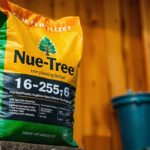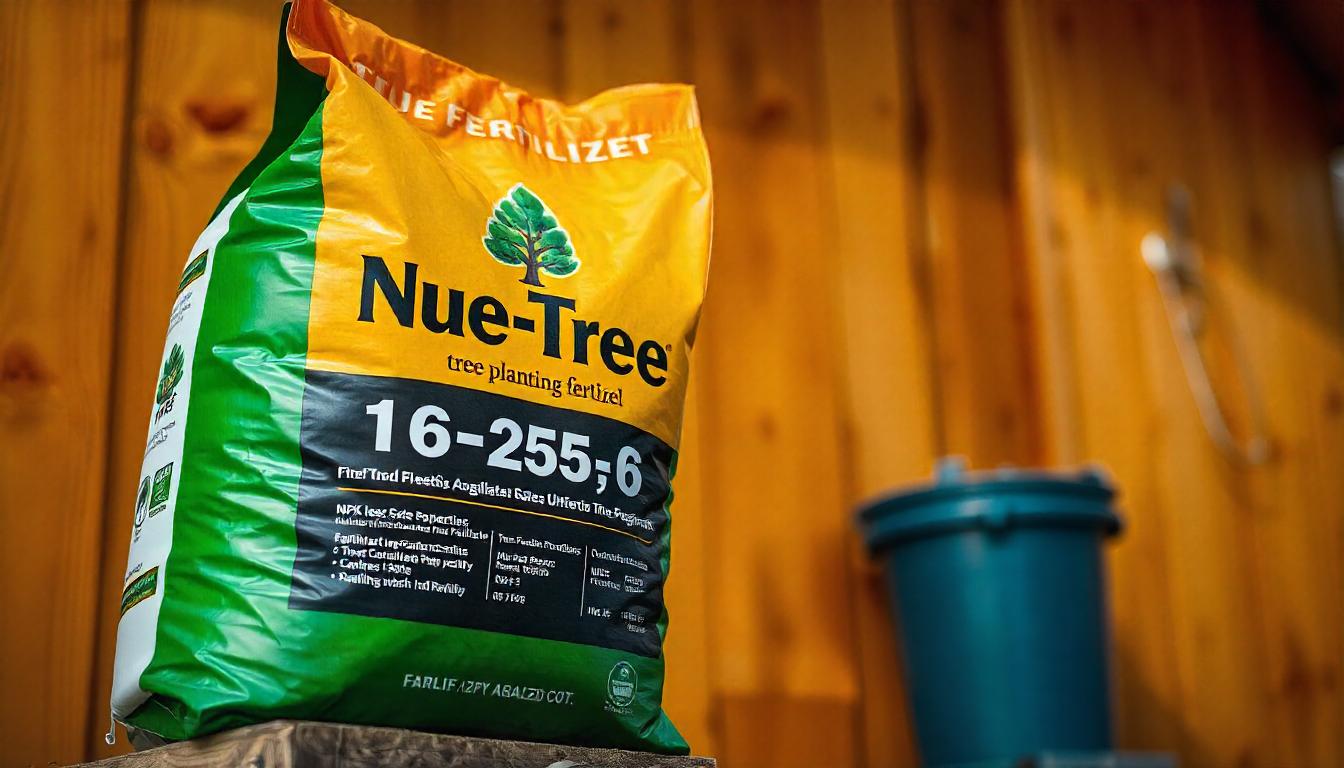Washed stone, a term commonly used in landscaping and construction, refers to stones that have been cleaned of dust, dirt, and debris, leaving behind only pure rock materials. This process, often done with water, results in a clean, polished stone that is highly desirable for numerous applications in outdoor and architectural projects.
In this article, we’ll explore what washed stone is, its uses, and its benefits, and answer some frequently asked questions about its properties and maintenance.
What Is a Washed Stone?
Washed stone is a type of crushed stone that has been cleansed of fine particles, clay, silt, and dirt through a washing process. This process ensures a cleaner, smoother, and more aesthetically pleasing stone surface, often making it ideal for various landscaping, construction, and decorative applications. Washing stones also help maintain a uniform color and texture, allowing them to blend seamlessly in outdoor spaces. By removing impurities, washed stones improve both functionality and appearance.
What Is Washing Stone Called?
The process of washing stone is typically referred to as “stone washing” or “rock washing.” In commercial settings, the stone is often rinsed using specialized machinery, ensuring thorough cleaning. For smaller, DIY projects, stones can be washed with water to achieve a similar effect.
Types of Washed Stone

Washed stone comes in various types, each with distinct characteristics and uses:
- Washed Gravel: This is one of the most common forms of washed stone. It can vary in size from small pebbles to larger stones and is often used for driveways, walkways, and drainage applications.
- Washed Limestone: Known for its durability and natural beauty, washed limestone is often used in landscaping, as well as for pathways and decorative purposes.
- Washed River Rock: Smooth and rounded, washed river rock is often used in garden beds, around water features, and in decorative landscaping.
- Washed Crushed Stone: This type of stone is smaller and angular, making it ideal for use in concrete mixes and as a base material for construction projects.
Uses of Washed Stone
Washed stone has diverse applications due to its durability, clean appearance, and natural look. Here are some common ways to use it:
- Landscaping: It enhances aesthetics in gardens and yards, providing decorative options for flower beds, pathways, and water features.
- Construction: Washed stone is essential in the construction industry, used as a base material for roads, buildings, and concrete.
- Drainage Systems: The porous nature of washed stone makes it an excellent choice for drainage solutions, helping to manage water flow and prevent erosion.
- Erosion Control: Many projects utilize washed stone to stabilize soil and control erosion, especially in areas prone to heavy rainfall.
- Driveways: Washed stone is popular for driveways due to its smooth, uniform look and its ability to support vehicle weight.
- Landscaping: It enhances garden beds, water features, and decorative spaces with its clean appearance.
- Pathways: With its non-slip surface, washed stone creates stable, safe walking paths.
What Is Resin-Washed Stone Used For?
Resin-washed stone is washed stone treated with a resin binder, giving it increased stability and a non-slip surface. This type of stone is particularly well-suited for patios, pathways, and other high-traffic outdoor areas where grip and stability are essential. Resin-washed stone’s structure also helps prevent the stones from shifting or scattering, making it ideal for creating low-maintenance outdoor surfaces.
Clean Stone and Washed Stone Difference
The terms “clean stone” and “washed stone” are often used interchangeably, though there can be slight differences. Both types of stone are free from fine particles and debris, but washed stone undergoes an additional cleaning process with water. Clean stone may simply mean it’s free from large clumps or materials, while washed stone ensures the removal of all dust and smaller particles, providing a higher standard of cleanliness.
Difference Between Washed and Unwashed River Rock
River rock comes in both washed and unwashed forms. Washed river rock has been thoroughly cleaned to remove sediment, soil, and organic matter, making it look polished and smooth. Unwashed river rock may retain some dirt or natural debris, giving it a slightly rougher and more rustic appearance. The choice between washed and unwashed river rock often depends on the desired aesthetic and practical considerations.
What Does Stone Washed Look Like?
Stone-washed rocks appear smooth, polished, and vibrant, as they’re free from dirt, dust, and other impurities. Washed stones have a consistent color and texture, enhancing their natural beauty. This polished appearance makes them ideal for both decorative and functional applications, from driveways and paths to garden beds and water features.
Benefits of Washed Stone
Using washed stone offers several advantages:
- Aesthetic Appeal: The clean look of washed stone enhances the visual appeal of any landscape or construction project.
- Durability: Washed stone is resistant to weathering and can withstand various environmental conditions, making it a long-lasting material.
- Versatility: With a range of sizes and types available, wash stone can be used in numerous applications, from decorative landscaping to structural support.
- Drainage Efficiency: The porous qualities of wash stone allow for effective water drainage, reducing the risk of flooding and soil erosion.
- Eco-Friendly Option: Being a natural product, wash stone is often considered an environmentally friendly choice compared to synthetic materials.
- Enhanced Aesthetic: Clean, polished stones look more appealing and enhance any outdoor setting.
- Improved Durability: Removing fine particles prevents compaction and keeps stones from clumping, increasinglongevity.
- Low Maintenance: Since they’re free from debris, wash stones are easier to maintain and require less frequent cleaning.
Is Resin-Washed Stone Slippery?
No, resin-washed stone is not typically slippery. The resin binder used in this type of stone creates a textured surface that provides good traction, even when wet. This makes resin-wash stone a safe option for outdoor areas like walkways, pool surrounds, and patios, where slip resistance is important.
Stone Resin Waterproof
Yes, stone resin is waterproof, thanks to the resin’s binding properties. This waterproofing capability makes resin-washed stone an excellent choice for outdoor applications where exposure to moisture is a factor. The resin not only helps seal the stones but also prevents water from penetrating beneath the surface, which can help prolong the life of the installation.
Is Stone Resin Breakable?
Stone resin is generally durable but can break under intense force or impact. While it’s suitable for most outdoor applications, care should be taken when using it in high-impact areas. For example, using heavy machinery on resin-washed stone can risk breaking or chipping the stones.
Why Use Washed Gravel?
Washed gravel offers several advantages over unwashed gravel:
- Enhanced Appearance: The washing process removes dust and dirt, giving the gravel a polished, attractive appearance.
- Improved Drainage: Washed gravel allows for better water flow, preventing issues like puddling and erosion.
- Better Adhesion: For uses such as concrete or asphalt, washed gravel adheres more effectively to the binder, improving structural integrity.
These benefits make washed gravel a preferred choice for various projects, including driveways, pathways, and landscaping features.
What Is a Dirty Stone?
A “dirty stone” refers to an unwashed or uncleaned stone that retains dirt, silt, clay, and other impurities. Dirty stone may be less desirable in certain projects due to its rougher appearance, less efficient drainage, and tendency to compact more easily. While it can be used in some construction or landscaping projects, it’s often best suited for areas where appearance and drainage are less critical.
The Versatility of Washed Stone in Landscaping and Construction
From driveways to garden pathways, washed stone is a versatile material with a range of benefits. With its clean look, durability, and superior drainage, wash stone has become a popular choice for both functional and decorative uses. Whether you’re creating a sleek driveway, designing a beautiful garden feature, or enhancing drainage, wash stone is an excellent choice for numerous applications.
Conclusion
Washed stone offers practical and aesthetic advantages that make it ideal for many outdoor and construction projects. Its clean, polished surface, improved drainage, and durability contribute to its versatility and wide appeal. For those looking to create visually pleasing and long-lasting outdoor spaces, wash stone proves to be a reliable and valuable material.
FAQs
What is the difference between washed stone and clean stone?
Clean stone is free of large debris, while wash stone has undergone a thorough cleaning process to remove even fine particles.
Is washed stone suitable for patios?
Yes, wash stone is excellent for patios due to its clean look and non-slip texture, especially if treated with resin.
Does wash stone improve drainage?
Yes, wash stone allows water to flow through more easily, reducing the risk of pooling and erosion.
Can resin-wash stone be used around a pool?
Yes, resin-wash stone is non-slip and waterproof, making it safe for poolside applications.
How do you maintain wash stone?
Wash stone requires minimal maintenance but can be rinsed with water to keep it debris-free.
Is wash stone eco-friendly?
Yes, wash stone is an environmentally friendly option because it is a natural material and requires less frequent replacement.










